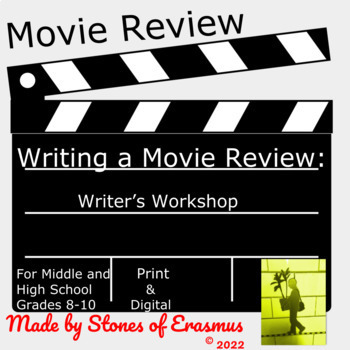I am standing amidst the breathtaking expanse of the Metropolitan Museum of Art in New York City. Amid the myriad of artifacts and art pieces, I find myself drawn to an object of particular intrigue. At first glance it may not command your immediate attention, but its narrative is as grand as any. It’s a captivating statuette hailing from the Byzantine era, bearing the likeness of the Roman goddess Fortuna—also known as Tyche.

|
| Fortuna (Tyche), Late Roman or Byzantine, ca. 300–500 C.E. |
Fortuna’s sculptural headdress resembles a walled city, complete with gate and battlements—an emblem of civic power. In her hand she holds a cornucopia, the timeless sign of abundance. Together these details weave a story about the interplay of prosperity, urban life, and the capricious hand of fate. Far from being “just a cool little statuette,” this bronze is a compact lesson in how chance shapes civilizations.



